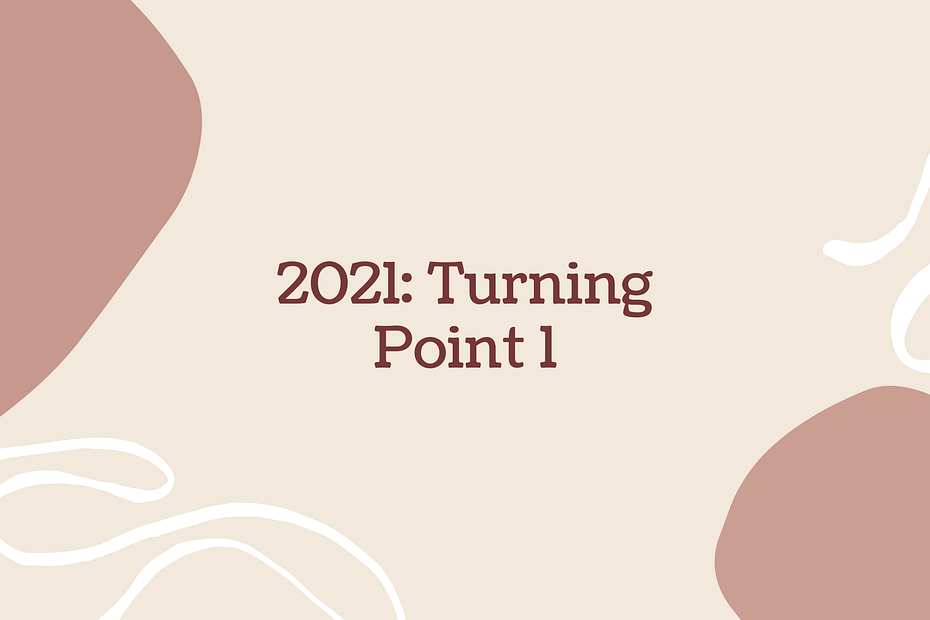It had been seven months since I decided to pivot into UX. The ASUU strike was called off in December, 2020 but I was still condemned to receiving virtual lectures. This year, I decided to settle in the tech world and practice whatever I learned. I applied for a few internships and training programs. Some applications returned with an acceptance, some were rejections, some rested in between both extremes.
In the thick of the year, I acknowledged my dislike for doing User Interface Design. It bored me. It felt rote. Somewhat empty, too (no disrespect to UI Designers or the craft, this is totally on me). UX Research, I learned, was what I wanted to do because it felt like every study you conducted elicited new insights. And also because people were way too complex to be reduced to mere product users. In July, I redirected my focus to UX Research. I still have plans to broaden my UX knowledge. To have a T-shaped understanding of the field and possibly even expand to service design. At the same time, I knew I didn’t only want to focus on qualitative UX Research. I loved tracking numbers but didn’t know how to. So, I decided that I would work towards becoming a mixed-methods researcher.
My year in bullet points
January
- I continued membership with the IxDF. (link to certifications)
February
- Rejection: I applied for Dufuna’s Product Design School.
- This was my application. I know, it was terrible. (link to Afi app)
- I redesigned ARTmosterrific’s Website and implemented the design with WordPress, HTML/CSS.
- I applied for She Code Africa’s mentorship program. (Accepted)
- The technical assessment was to replicate a dashboard design.(Insert link to technical assessment)
March
- I began the She Code Africa UI/UX mentorship program. (March-May)
- Rejection: I applied for Cowrywise’s Designfund4Women program.
- But I was transferred to the Design for Non-Designers design program.
- Rejection: I applied for Ingressive for Good’s Women Design scholarship.
- But like Cowrywise’s program, this wasn’t a total rejection. I was put on the waiting list for Zuri’s training program.
April
- I started Zuri’s UI/UX training (April – August)
May
- Rejection: I applied for the Kimoyo Design Fellowship.
- I graduated from She Code Africa’s mentorship program.
- I and my partner, Bridget Fayomi were selected to present our project during the ceremony.
June
- I started the Design for Non-Designers program.
- I dropped out after 3 weeks mostly because I had a lot on my plate. All this while I had been juggling school work with my design self-learning and Zuri’s project phase.
- Turning point: I decided to become a mixed-method UX researcher.
July
- Acceptance: I applied for Ingressive for Good’s Data scholarship!
- The scholarship gave me the opportunity to learn data science and analytics on DataCamp. I decided to start learning python on DataCamp.
- I used Coursera courses to learn about statistics and data analysis as a whole.
August
- I finished the project phase of Zuri’s training program. It was a long, rigorous and fulfilling 5 months even though my team didn’t win.
- I received an email from the IxDF saying I was part of the top 1% of course takers at IxDF.
- I was stoked about it! I wrote a review of the platform and received 3 months extra to my subscription.
September
- Rejection: I applied for UX Cabin’s internship.
- This rejection really hurt. I didn’t receive a rejection mail, I knew of my rejection from one of their LinkedIn posts about them sending acceptances to successful candidates and telling the rest of us to try again next time 🤣. But I moved on anyway. 🤷🏾♀️
Learnings
- UX Design
- UI Design
- Collaboration
- Python
- UX research
- Human-Centred Design
- Qualitative/Quantitative methods
- Statistics
- Leadership
- Excel
- Thematic analysis
Impact
- Zuri case studies:
- She Code Africa case study
